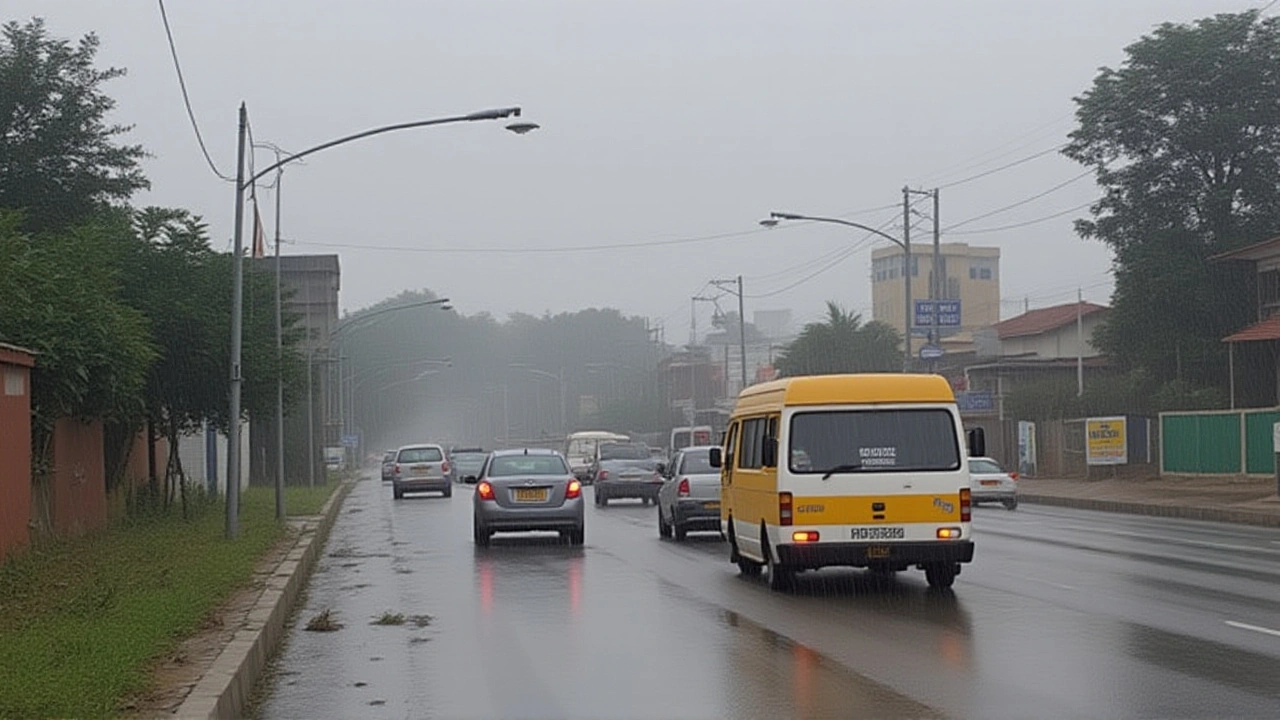Rainfall: What It Means for Africa Today
When talking about rainfall, the amount of water that falls from the sky as rain, snow, sleet or hail over a given period. Also known as rain, it drives everything from crop growth to river levels. Understanding rainfall helps you see why a cloudy morning can affect a farmer’s harvest, a city’s traffic, or even a football match schedule.
One of the closest cousins of rainfall is precipitation, the broader term for any water that falls from the atmosphere, including rain, snow, and hail. While the two are often used interchangeably, precipitation covers all forms and is the key metric climate scientists track. When precipitation spikes, you’ll see a rise in river flow and a higher chance of flooding. When it drops, drought risk climbs.
Speaking of drought, drought, a prolonged period of deficient rainfall leading to water shortage is a major concern for many African regions. Drought reduces water availability for drinking, irrigation and electricity generation, which in turn hurts livelihoods. It also pushes governments to rethink water‑use policies and emergency aid programs.
Why rainfall matters across Africa
Another direct outcome of abnormal rainfall patterns is flooding, the overflow of water onto land that is normally dry, often caused by heavy or sustained rain. Floods can wipe out roads, damage homes, and halt sports events—think a soccer match postponed because the field is underwater. They also spark public‑health crises as stagnant water becomes a breeding ground for disease‑carrying insects.
All these pieces link back to climate change, the long‑term shift in Earth’s temperature and weather patterns. Climate change reshapes precipitation trends, making extreme rain and dry spells more frequent. In practice, this means farmers must adapt with drought‑resistant crops, cities need better drainage, and insurers are re‑pricing flood risk.
Putting it together, rainfall influences agricultural yield, drought reduces water availability, flooding damages infrastructure, and climate change alters precipitation patterns. The articles below dive into how these forces play out in real life—from a carnival boosting local economies after rain‑delayed harvests to a finance piece on how erratic weather affects credit markets. Browse the collection to see the full picture of rain’s ripple effect across the continent.
KMD Warns of Continued Rain, Cold Spell Across Rift Valley (July 22‑28)
Kenya Meteorological Department warns of rain, cold and cloudy conditions across the Rift Valley from July 22‑28, urging farmers and communities to prepare for showers and possible hailstorms.

